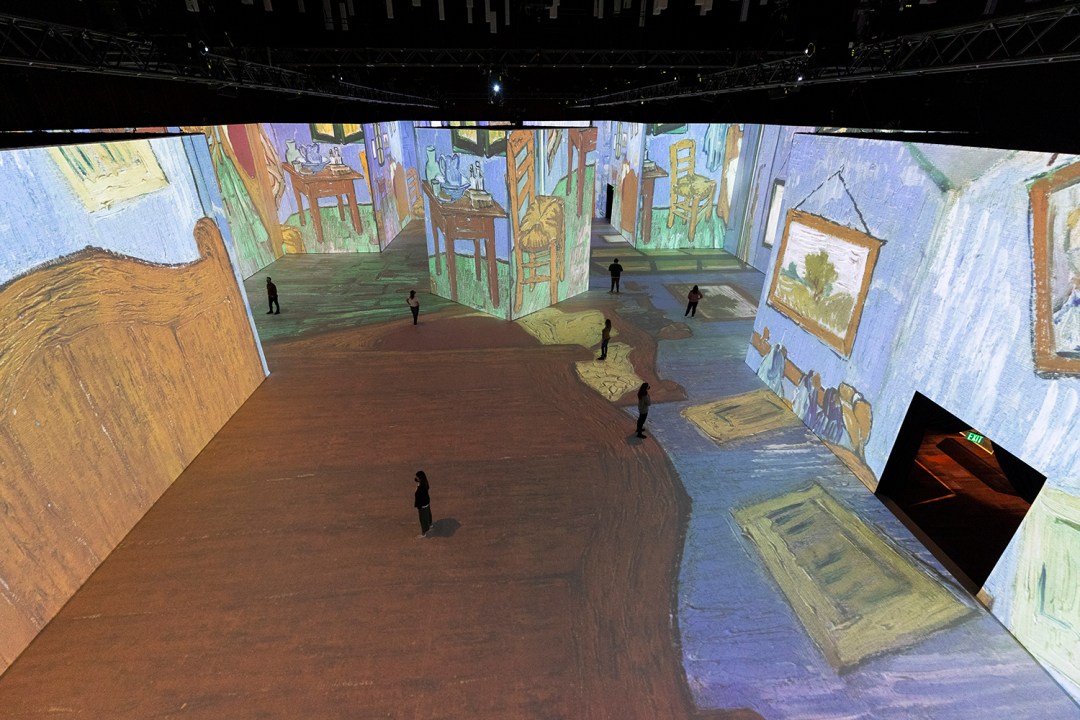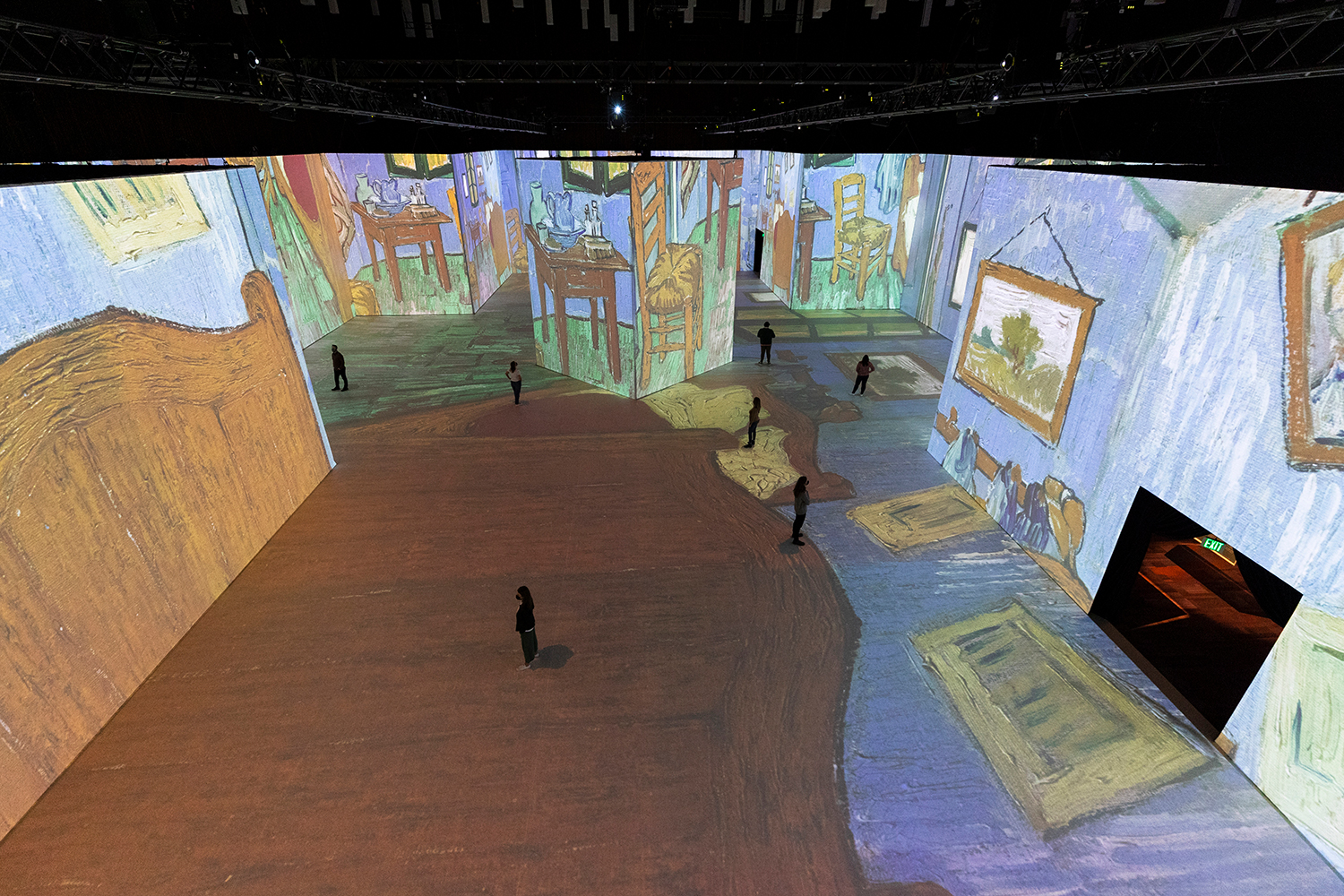The American artist and critic Brad Troemel once pointed out that art galleries have all turned into a kind of adult daycare, and ever since then I haven’t been able to visit a gallery without noticing it. Nearly two decades ago, Carsten Höller installed a set of big aluminium slides in the Turbine Hall at Tate Modern, and they were undeniably good fun because going down slides is fun. It’s also fun, although maybe for a different type of person, to ask if going down slides counts as art. These days, though, you can hardly move for this stuff.
The world is already interactive. You walk around in it. You can steal things from shops
Last summer the Turbine Hall hosted a set of giant building blocks by Rasheed Araeen. The Massachusetts Museum of Contemporary Art exhibited a bubblegum-pink roller-coaster. It’s very rare for contemporary art to just show you an object; it always invites you to engage; to take an active part in producing it; to play and have fun. The simplest form of this is the artwork that’s just a mirror on a gallery wall. These always have a good number of people crowded round them, really appreciating their nuances. But there are also much grander versions. Bloated multi-million-pound ‘immersive art exhibitions’, sprouting everywhere like mushrooms, in which you can experience the works of Van Gogh or Klimt or Monet in an entirely new way – that is, rather than as paintings, as an interactive digital display based on those paintings. People love them.
This has always felt weird to me. The idea is people like these interactive events because they give you the freedom to experience them however you want. I’m not sure that’s really true. The world is already interactive. You walk around in it. You can say basically anything you want, to anyone you pass on the street, and see how they respond.








Comments
Join the debate for just £1 a month
Be part of the conversation with other Spectator readers by getting your first three months for £3.
UNLOCK ACCESS Just £1 a monthAlready a subscriber? Log in